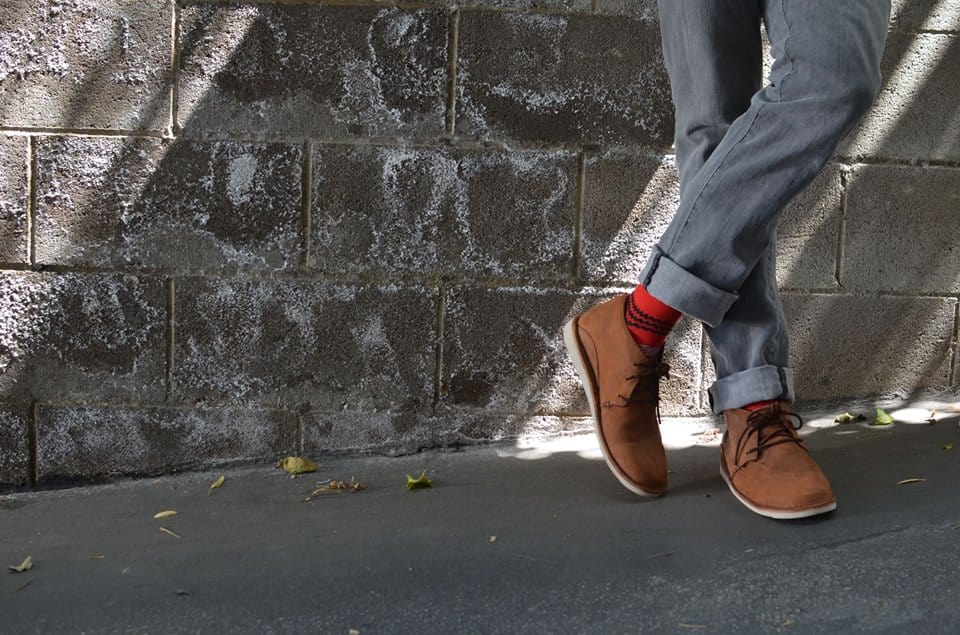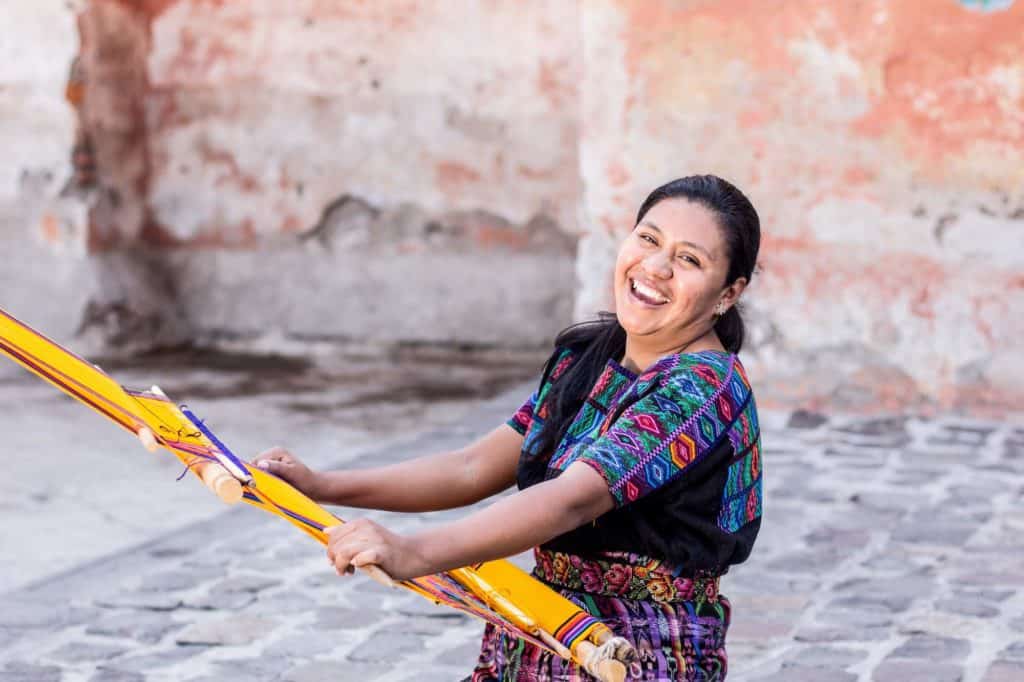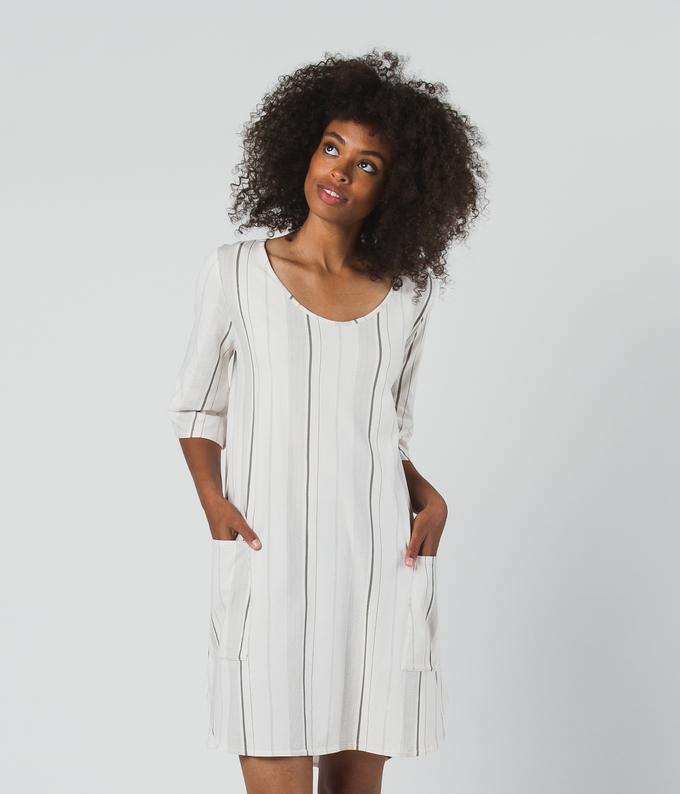Slow fashion is a movement that encourages a more mindful and sustainable approach to fashion consumption. It is an alternative to the fast fashion model, which produces a high volume of cheap clothing at a rapid rate, with little regard for the environmental or social impacts.
Slow fashion, on the other hand, prioritizes quality, durability, and ethical production. It is a holistic approach to fashion that considers the entire lifecycle of a garment, from the sourcing of materials to the disposal of the item.
Slow fashion is characterized by a few key principles:
- Quality over Quantity: Slow fashion prioritizes quality over quantity. It encourages consumers to invest in high-quality garments that are made to last, rather than buying cheap, disposable clothing that will need to be replaced after a few wears.
- Ethical Production: Slow fashion promotes the use of ethical production methods, which prioritize the fair treatment of workers, and the use of sustainable materials and processes. This includes the use of organic and natural fibers, as well as the reduction of water and chemical use in production.
- Local Production: Slow fashion also encourages the support of local production and artisans. By supporting local producers, we can reduce the carbon footprint associated with transportation and support local economies.
- Minimalism: Slow fashion promotes a more minimalist approach to fashion consumption, where consumers are encouraged to buy only what they need and to focus on timeless, versatile pieces that can be worn for years.
- Upcycling and Recycling: Slow fashion encourages the upcycling and recycling of clothing and textiles. This reduces waste and extends the lifecycle of garments.
Slow Fashion vs Fast Fashion
Fashion is one of the most lucrative and dynamic industries in the world, generating billions of dollars in revenue each year.
However, the fast-paced nature of the industry has come at a high cost to the environment, workers, and consumers.
The rise of fast fashion has contributed to the depletion of natural resources, the exploitation of workers, and the production of a large amount of waste.
As a response to these negative impacts, slow fashion has emerged as a sustainable and ethical alternative.
There are a number of key differences between slow fashion and fast fashion.
The first and most obvious difference is the amount of time it takes to produce a garment.
Slow fashion pieces are typically made with more care and attention to detail, while fast fashion items are often churned out quickly and with little thought given to quality and contribute a large amount of pollution and CO2 into the atmosphere every year!

Another major difference is the way in which slow and fast fashion garments are made. Slow fashion items are often handmade by skilled artisans, while fast fashion items are usually mass-produced in factories.
This difference has a big impact on both the quality of the clothing and the working conditions of those who make them.
Finally, slow fashion brands typically use sustainable materials, while fast fashion brands often use synthetic materials that are not as environmentally friendly.
Fast fashion is also known to use harsh labor practices in areas around the world where workers rights are not acknowledged.
This difference is important to consider if you are looking to reduce your carbon footprint, contribute to fair labor practices, and ensure economic development in economically challenged parts of the world.
Benefits of Slow Fashion
Slow fashion has a number of benefits for both the environment and consumers. Here are a few of the most important ones:
- Reduced Environmental Impact: The fashion industry is one of the most polluting industries in the world. It is responsible for the depletion of natural resources, the emission of greenhouse gases, and the production of a large amount of waste. Slow fashion reduces the environmental impact of fashion by promoting the use of sustainable materials and processes, reducing waste, and supporting local production.
- Ethical Production: Fast fashion is known for its exploitative practices, including the use of sweatshops and the underpayment of workers. Slow fashion promotes ethical production methods that prioritize the fair treatment of workers and the use of sustainable materials and processes.
- Higher Quality: Slow fashion prioritizes quality over quantity. This means that garments are made to last, and are often made from high-quality materials. This reduces the need for frequent replacement of clothing, which saves money in the long run.
- Cost Savings: While slow fashion may have a higher upfront cost, it can save money in the long run. Investing in high-quality, durable garments means that you won’t need to replace them as frequently, which can save money over time.
- Timeless Style: Slow fashion promotes timeless style rather than fleeting trends. This means that the garments you invest in will not go out of style quickly, and can be worn for years to come.
How to Incorporate Slow Fashion into Your Life
If you’re passionate about making a positive impact and embracing a more sustainable and ethical approach to fashion, adopting slow fashion principles is a fantastic step towards change.
Here are some practical tips on how to incorporate slow fashion into your life.
- Educate Yourself: Start by educating yourself about the negative impacts of fast fashion. Understand the environmental consequences, labor exploitation, and waste generation associated with the industry. Familiarize yourself with the concept of slow fashion and the principles it upholds. Research sustainable and ethical brands and learn about their practices. Knowledge is the foundation for making conscious choices.
- Evaluate Your Wardrobe: Take a critical look at your current wardrobe. Assess the garments you own and ask yourself some key questions. How often do you wear each item? Do they align with your personal style? Are they made from sustainable materials? By understanding your existing wardrobe, you can identify gaps and make more informed purchasing decisions moving forward.
- Quality Over Quantity: Embrace the mantra of quality over quantity. Rather than indulging in frequent impulse buys, focus on investing in timeless, well-made pieces that will stand the test of time. Seek out garments made from sustainable materials like organic cotton, linen, hemp, or recycled fabrics. Look for durable construction and attention to detail. Though these pieces may have a higher price tag, their longevity will save you money in the long run.
- Secondhand and Vintage Shopping: Exploring the world of secondhand and vintage shopping is not only a treasure hunt but also an excellent way to embrace slow fashion. Thrift stores, consignment shops, and online platforms offer a wealth of unique and pre-loved items waiting to find a new home. Buying secondhand reduces waste, extends the lifespan of clothing, and often supports charitable organizations. You might be surprised at the gems you discover while reducing your environmental footprint.
- Support Sustainable Brands: When purchasing new items, opt for brands that align with your values. Seek out sustainable and ethical fashion brands that prioritize responsible production practices, fair wages, and transparent supply chains. Research their certifications and ethical commitments. By supporting these brands, you contribute to a shift in the fashion industry towards more sustainable practices.
- Embrace Minimalism: Embracing a minimalist mindset is a key aspect of slow fashion. Instead of chasing trends and accumulating excess, focus on building a curated wardrobe of versatile and timeless pieces. A minimalist wardrobe allows for more creativity, as mixing and matching becomes effortless. Consider capsule wardrobes, where a limited number of well-coordinated garments create a multitude of outfit possibilities. Less truly is more.
- Care for Your Clothes: Properly caring for your garments is essential to their longevity. Follow care instructions diligently, mend minor damages, and avoid overwashing. Consider using eco-friendly laundry detergents, air-drying clothes whenever possible, and investing in eco-friendly dry cleaning alternatives. Taking care of your clothes not only helps them last longer but also reduces your environmental impact.
- Embrace DIY and Upcycling: Unleash your creativity and give new life to old clothes through do-it-yourself (DIY) projects and upcycling. Transform outdated pieces into something fresh and unique. Add embroidery, patches, or new buttons to revitalize a garment. By embracing these practices, you not only extend the lifespan of your clothes but also create personalized, one-of-a-kind items.
- Rent, Borrow, and Swap: For special occasions or events where you desire a unique outfit, consider renting, borrowing, or swapping clothes. Numerous rental platforms offer a wide range of garments and accessories for short
How to Shop Slow Fashion
If you are interested in shopping for these type of fashion brands, there are a few things to keep in mind. First, take the time to research the brands you are interested in. Make sure they are committed to sustainable and ethical practices.
Second, look for quality over quantity. It is better to have a few well-made pieces that will last you for years than a closet full of cheaply made items that will fall apart after a few wears.
Third, look for certifications like Bcorp, Fair Trade Certified, Organic Cotton Certified, and Carbon Neutral. These are some easy things to look for at the bottom of a brands website.

Finally, be willing to pay a bit more for these items. Remember, you are investing in quality, sustainability and fair trade practices.
Here are some amazing online marketplaces to shop slow fashion items and brands to help you get started:
DoneGood, NOVICA, and Eco-Stylist.
This movement is an important step in the right direction for the fashion industry. By supporting these brands, you can help to make the industry more sustainable and ethical.
Slow Fashion Companies
There are many brands that are leading the way in sustainable and ethical fashion, such as Patagonia, and Known Supply.
Check out our full list of slow fashion brands here.
These brands are committed to using sustainable materials, supporting fair trade practices and investing in higher quality clothing. When you invest in slow fashion brands, you invest not only in local and ethical jobs, but also in our environment and future as a planet.

The slow fashion movement is gaining traction as consumers become more and more interested in where their clothes come from and how they are made. Buying less, but buying better quality items that will last longer is the goal of the slow fashion movement.
As a consumer, you can support this movement by shopping at boutiques that sell sustainable and ethically made clothing, or by choosing to repair old clothes instead of throwing them away.
There are also many ways to get involved in the slow fashion community online, so be sure to explore those options! What’s your favorite way to shop for eco-friendly clothes?







